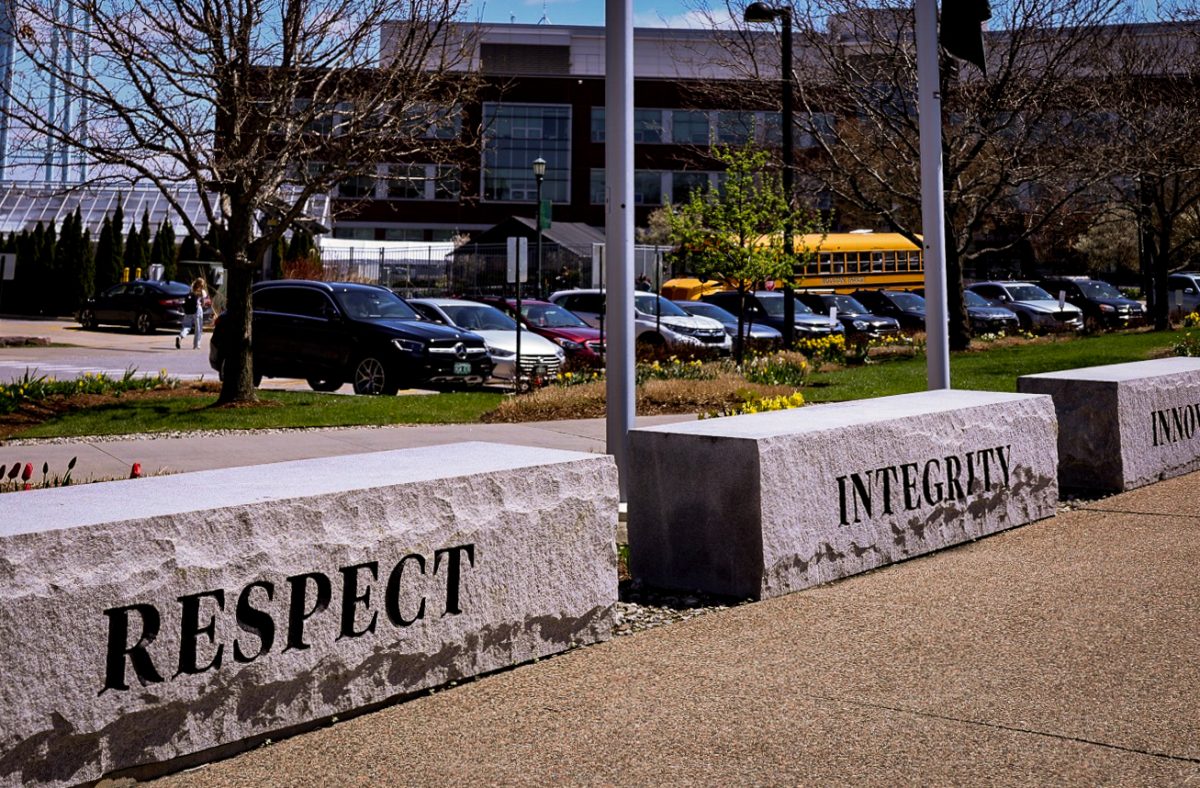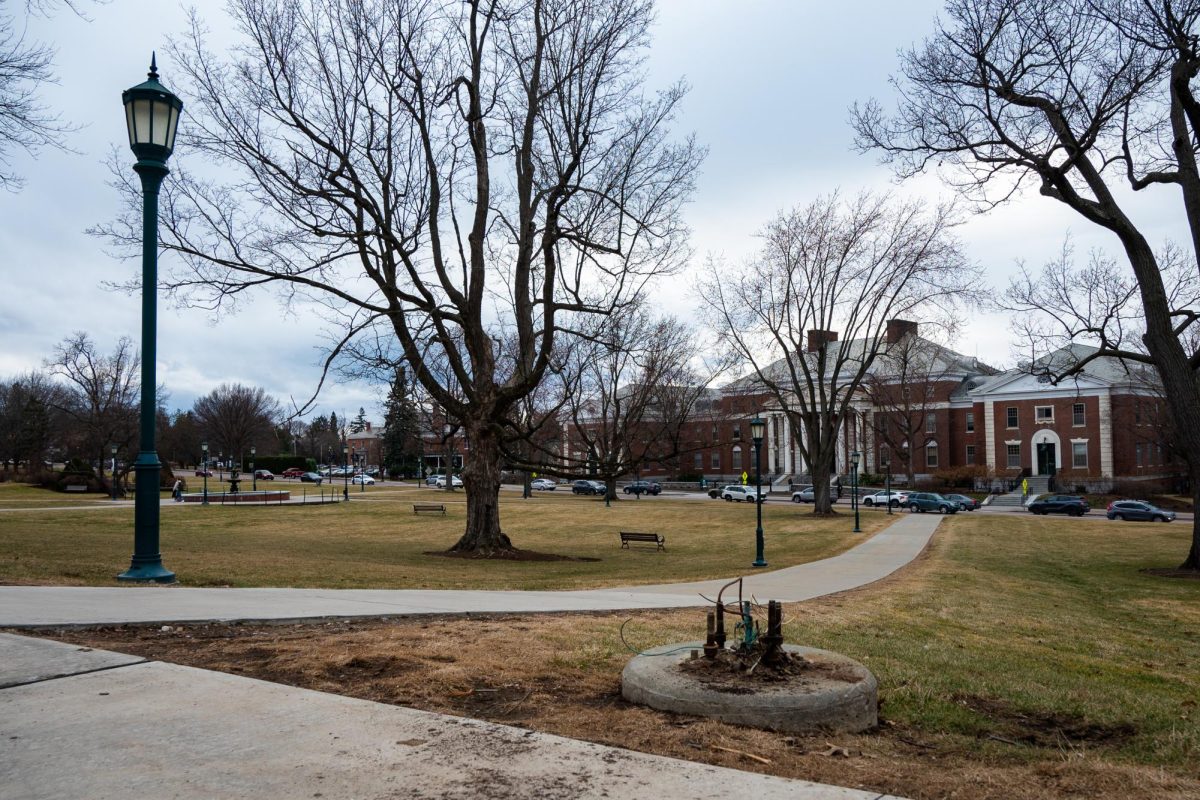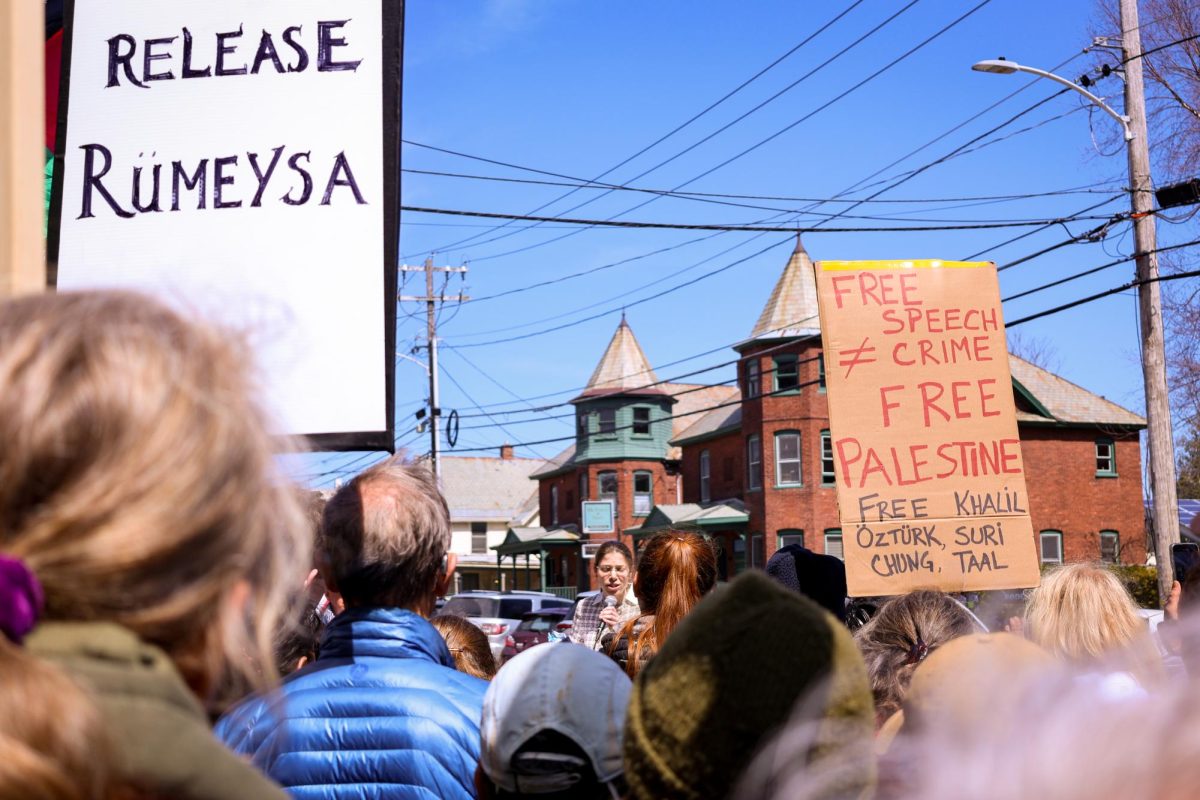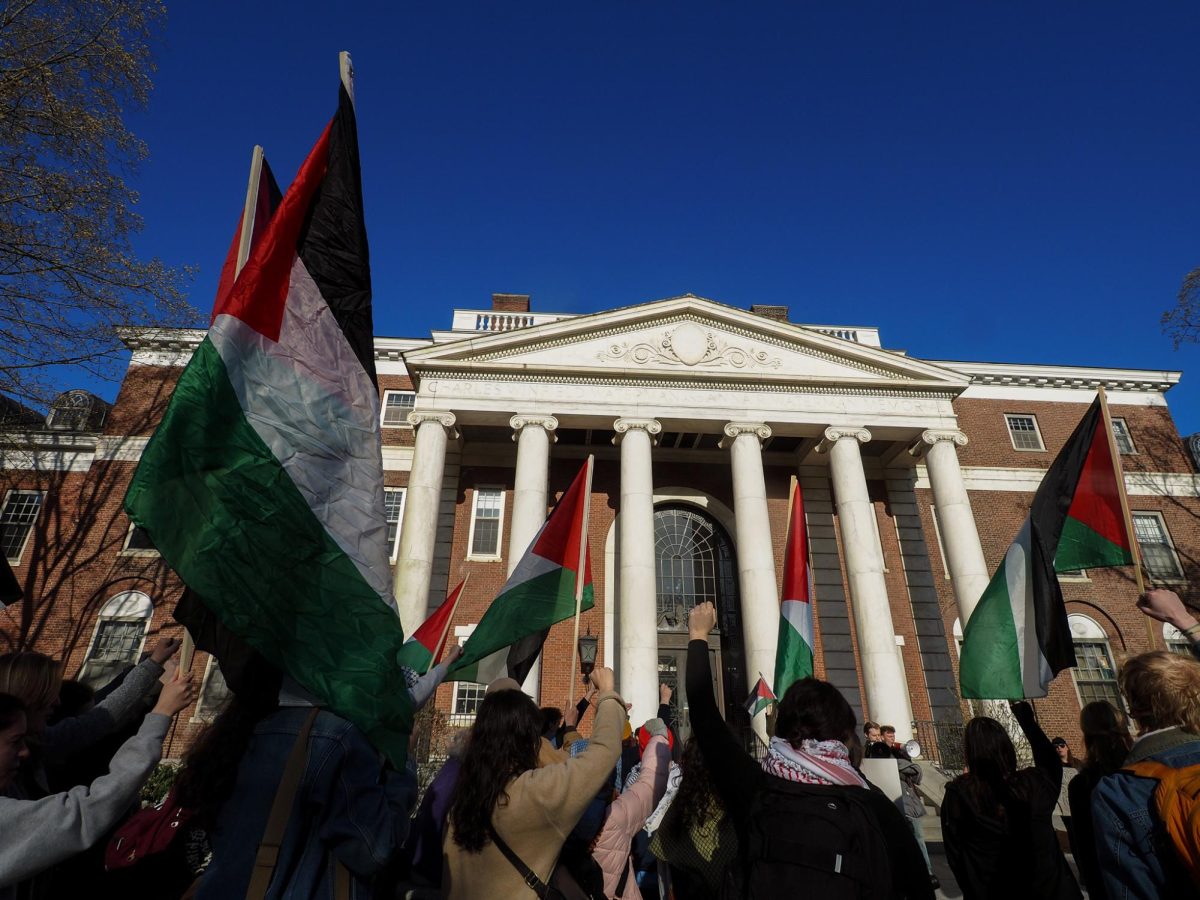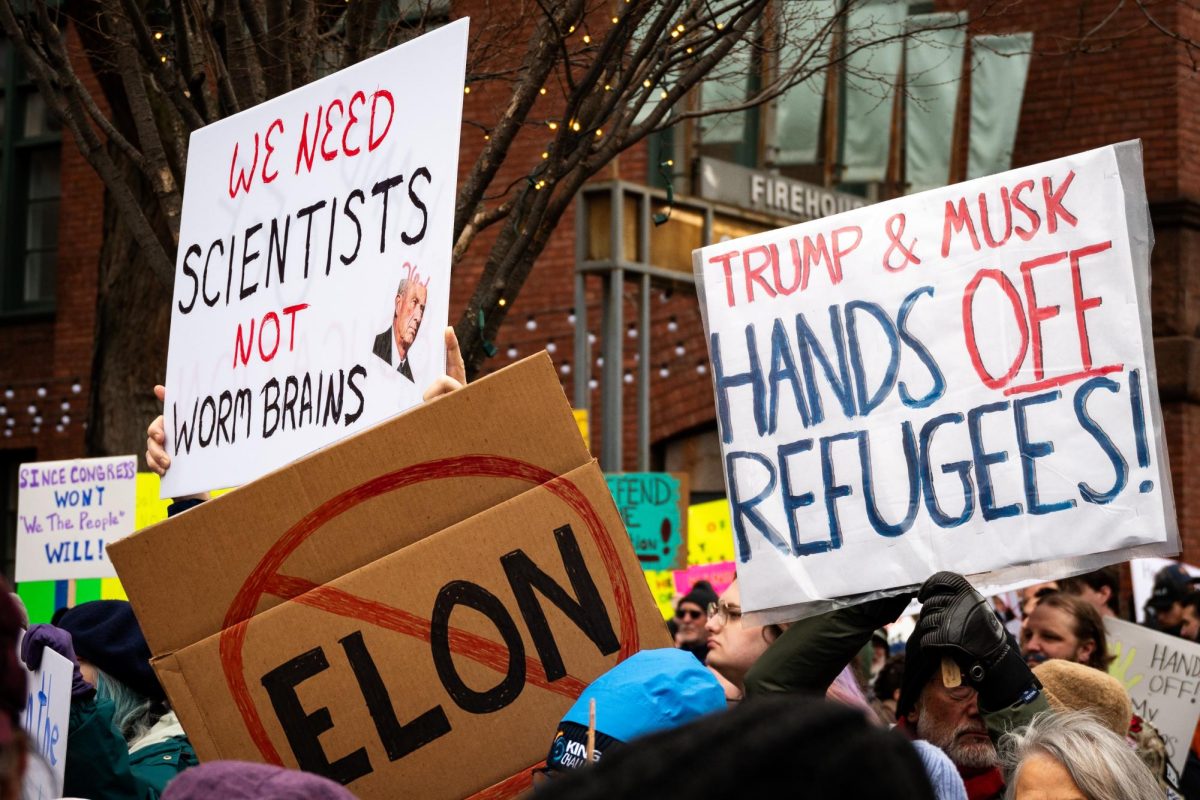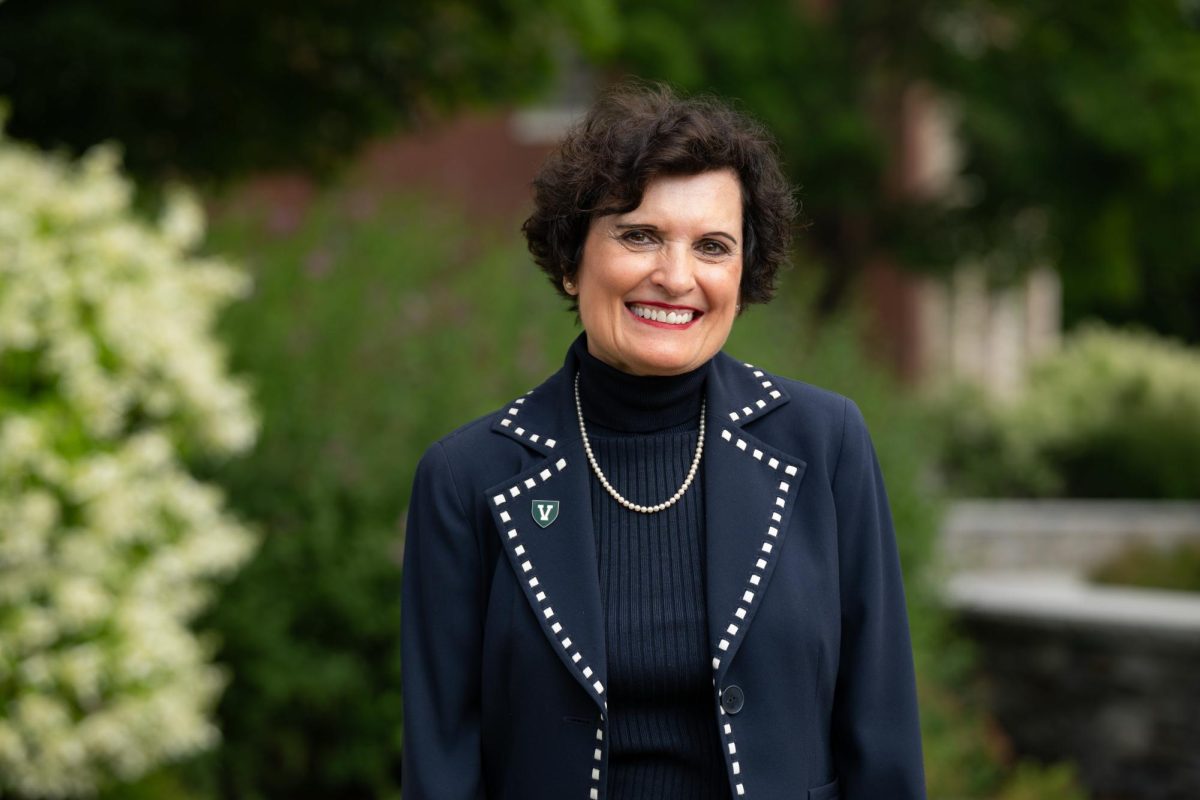Superheroes roaming the streets, ghosts and vampires nonchalantly going about everyday business and angels unabashedly strutting around in minimal clothing – it must be Halloween.However, why do we celebrate it?People have been celebrating Halloween for thousands of years, and the holiday we celebrate today is the result of a plethora of traditions from a multitude of cultures. Some of its roots lie in Celtic tradition, that holds that Oct. 31 is the day of the year where the veil between the spirit world and our own is thinnest. Before we called it Halloween, it was called Samhain (pronounced sceaw-win) by the ancient Celts. During the period when Christians tried to convert Pagans by just renaming their holidays, the celebrated New Year of the Celtics, originally on Nov. 1, was named All Hallows Day, and reverence of the saints was practiced. All Hallows Day went to being called All Hallows Eve, then simply Halloween.Although the name is not far fetched, the jump from revering dead saints to get?ting candy is big one. Originally, people would give out fruits and sweets to appease spirits from harming them, and carve faces in turnips to ward off evil spirits. This evolved into the carving of pumpkins, an American tradition. Trick-or-treating has evolved from simply keeping away spirits to appeasing your neighbors’ children, thanks to the British.Through the British custom of “begging for the Guy,” children would go door-to-door to beg for money in order to make effigies of Guy Fawks, an English revolutionary who tried to blow up the Parliament building on Nov. 5, 1605.Children would then burn these effigies to celebrate the holiday.Roman tradition held that the goddess of fruit, Pamona, had a festival on Oct. 31, where people would bob for apples, a tradition that has continued into modern times.However, the use of fire on Halloween has dwindled in importance.The bonfire was a staple of celebrating Samhain. Bonfires were used to light the world when spirits and fairies were believed to walk out of the suspicious stone mounds that spot Ireland. This became Mischief Night, a modern excuse to break mailboxes and act kind of crazy.So many have gone door-to-door and not even thought about where these absurd practices come from. Let’s face it, dunking our drunken heads underwater to try and fish out an apple isn’t the brightest of ideas on a brisk fall night. These traditions are still prevalent today, but we haven’t always done them.Records in Massachusetts show that the celebrations of Halloween and Christmas were banned until the 1800s on the basis that they were too Pagan and, ironically enough, too Catholic.The U.S. Census Bureau has also stated that although not outlawed officially in any state, trick-or-treating is down by 45,000 children from ’05 to ’06. This could be a sign of the times, as the fear of children being hurt by poisoned candy or razorblades in candy apples still reverberates today. However, despite its drop in participants, Halloween continues to be an important aspect of American culture. Now if only we could figure out what exactly all these strangely dressed people are supposed to be, we’d be all set.
Categories:
Hallows Eve
January 17, 2008
0
More to Discover


